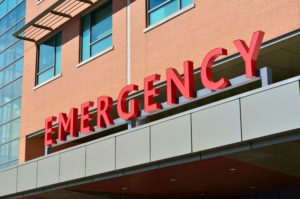Going t0 A&E: 5 Pros and 5 Cons

5 Pros of A&E care
- A&Es are for critical and life-threatening situations. So if you may have one of those, they are the place to go. If you need to be admitted to a hospital bed, this is easily done
- A&E facilities include advanced medical technology (CTs, operating theatres, ventilators on ICU etc) – which you may need if you are very unwell. In severe cases, access to such immediate life-saving interventions can make all the difference
- Highly trained A&E doctors and nurses – are present 24 hours a day, 365 days a year
- Specialised doctors (e.g. surgeons, and ICU staff) – are available around the clock, and they can organise urgent surgery quickly
- You just turn up – you do not need an appointment.
Note. There will be an onsite pharmacy as well.
5 Cons of A&E care
- A&E often have long wait times (8 hours+) – especially if the problem is not that serious (or a long-term problem) – due to prioritising critical cases
- A&E doctors may be junior and inexperienced – and not good at dealing with minor, or more long-term or social problems. GPs are often older and much more experienced, and better at such problems
- Going there can waste your time – if they cannot deal with the problem they may redirect you to (for example) an Urgent Treatment/Care Centre (UTC/UCC)/Walkin Centre or Minor Illness/Injury Unit (MIU)*. You then go to the back of the queue when you go there
- Going there can reduce the focus on others (and reduce their quality of care of) – i.e. people with more severe illness, if you don’t need to be there
- If you get referred to the wrong specialist doctor – they can over-focus on their specialist area; making mistakes with the diagnosis and/or treatment.
*Note. They are very similar. “Grghhh. Actually, why can’t the NHS make their mind up what it calls such places?”
[“We should, sorry”. MyHSN Ed].

